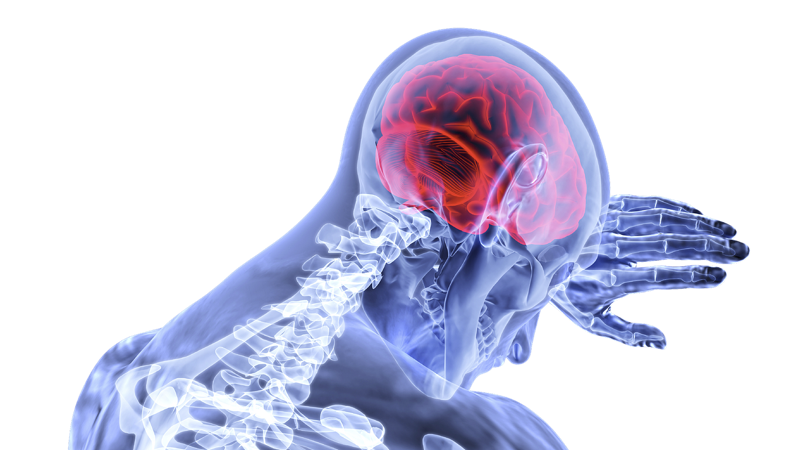Consussions are a hot topic in the sports world today. Two years ago “Concussion” starring blockbuster actor Will Smith hit the movie theaters. The movie portrays the work of Dr. Bennet Omalu, who was the first to discover and publish findings on the effect of repeated concussions in American football playersand on how the NFL dealt with head injuries. It took 7 years after Dr. Omalu’s discovery for the NFL to acknowledge the link between concussions sustained in football and long-term neurological effects such as depression, dementia and brain damage. Eventually NFL settled a lawsuit centered around this issue with former players for $1 billion. Dr. Omalu’s work, the movie and the lawsuit’s media attention raised a lot of awareness for the destructive effect of concussions in the recent years.
Concussions who can be called cerebral bruising in simple terms are common in many sports. Next to american football concussions of different degrees are consistent in sports such as ice hockey and rugby as well as combat sports that involve strikes to the head like boxing, kickboxing and MMA and even football where regular heading leads to repeated mild trauma of the brain (1,2).
The condition primarily associated with concussion is known as chronic traumatic encephalopathy – short CTE – was formerly believed to exist primarily among boxers. It is a progressive degenerative disease which afflicts the brain of people who have suffered repeated concussions and traumatic brain injuries, such as athletes who take part in contact sports, members of the military and others. The term encephalopathy derives from Ancient Greek en- „in,“ kephale „head,“ and patheia „suffering.“ Chronic traumatic encephalopathy is a condition of brain damage which persists over a period of years or decades and which is the result of traumatic impacts and repeated concussions of various degrees. The brain of an individual who suffers from chronic traumatic encephalopathy gradually degenerated and will over time end up losing mass. Certain areas of the brain are particularly liable to atrophy, though other areas are prone to becoming enlarged. Another aspect of CTE is that some areas of the brain experience an accumulation of tau protein, a substance which serves to stabilize cellular structure in the neurons but which may become defective and subsequently may cause major interference with the function of the brain.
The effect of strengthtraining on concussions
From the strength coaches perspective the question is how does strengthtraining can positively effect the rate and degree of a concussion. A study published in 2014, by Collins, et al. (3) found that for every one pound increase in neck strength, the odds of a concussion decreased by five percent. An experiment was conducted in 2010 and 2011 on 6,704 high-school athletes in soccer, basketball and lacrosse. Athletic trainers measured neck width, neck strength and rate of concussions.
“Smaller mean neck circumference, smaller mean neck to head circumference ratio, and weaker mean overall neck strength were significantly associated with concussion,” the study reads. That means strengthening the neck und increasing the neck circumferences through strengthtraining will decreased the rate and degree of concussions.
Just the neck itself has 26 muscles with many of them having being trainable such as the scaleni, sternocleidomastoids, elevator scapulae and upper trapezius. Also the shoulder girdle which acts as a base of the neck will influence neck strength, stability and size quite a bit from a mechanical standpoint. Primarily strong mid and lower trapezius as well as strong rhomboid muscles are necessary to assist the primary neck stabilizers.
At the YPSI we incorporate exercises that strengthening the neck and the shoulder girdle with all our athletes.
The study done by Collins et al. gives an interesting perspective on the correlation of muscular strength and hypertrophy of the neck and the rate of concussions. Yet concussions are still an area that science doesn’t know much about and there is currently a lot of research done to understand, treat and prevent then.
References:
1. https://www.ncbi.nlm.nih.gov/pubmed/1579906
2. https://www.ncbi.nlm.nih.gov/pubmed/1439395
3. https://www.ncbi.nlm.nih.gov/pubmed/24930131
Picture: The brain and neck.

